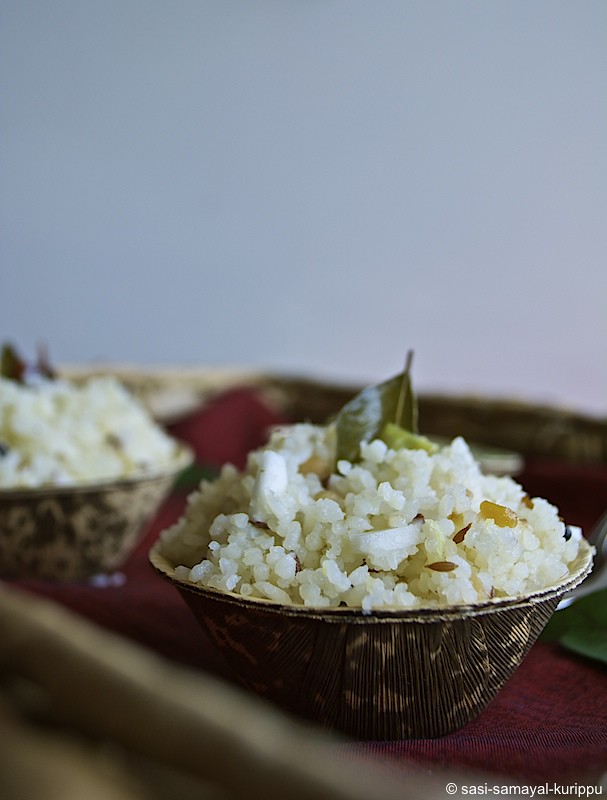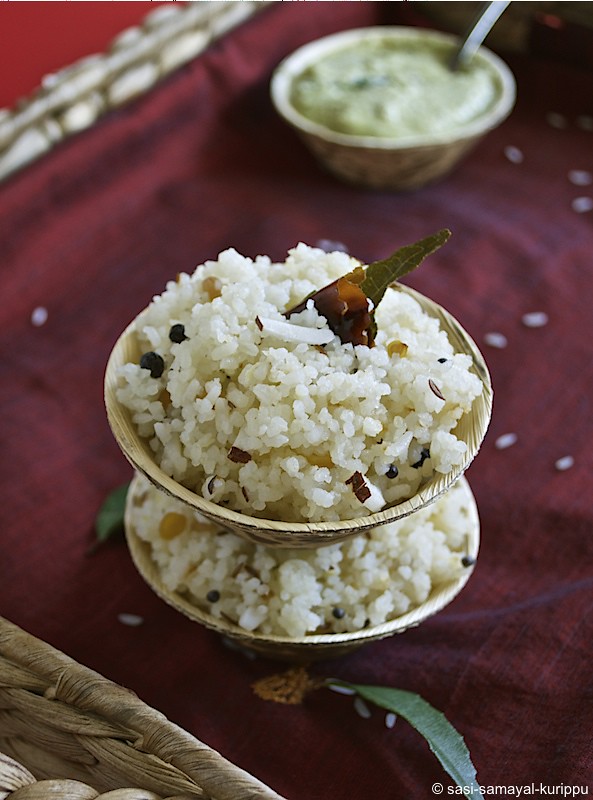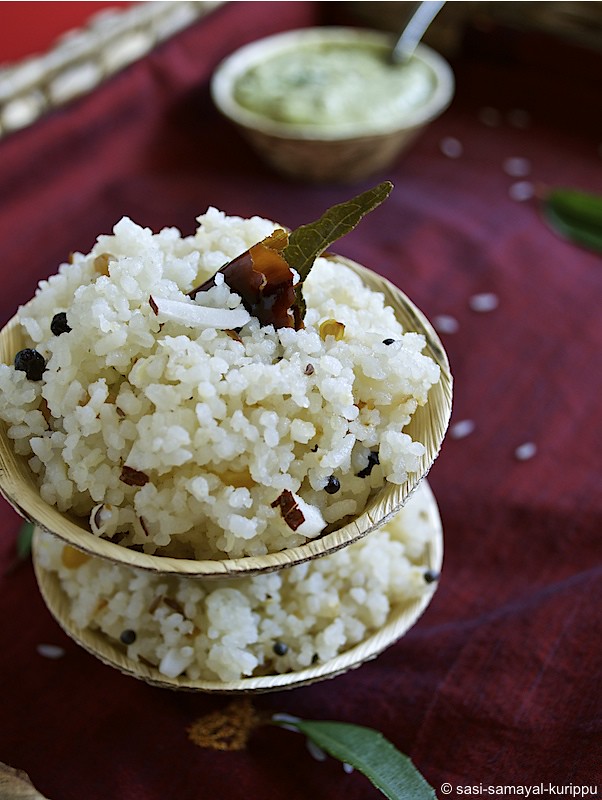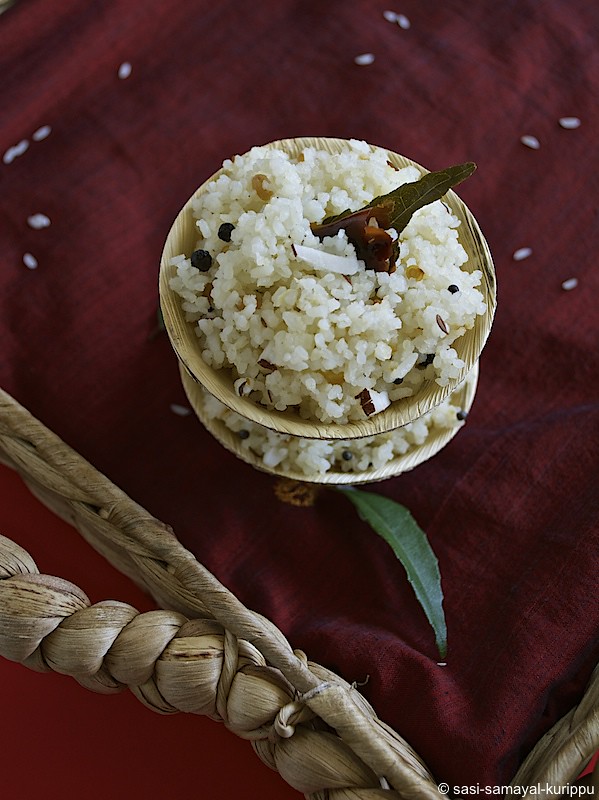Here you go! Another post on a popular south Indian snack - BAJJI. This is one of the easiest snack that can be prepared in a jiffy. All you have to do is to cut vegetables into thin slices, dip them into besan batter and deep fry them one after the other in oil. Don't be surprised if bajji just magically disappears in its journey between deep fryer & cooling racks. Bajji neither uses a long list of ingredients nor requires fancy ingredients. All it needs is chana besan, couple of basic vegetables (like potatoes/onion) and little oil to fry - Voila, you can make bajjis just like that!! This is a good snack item that can be served with coffee/tea.
My connection with bajji brings back sweet old memories to me! Me & my family used to visit Chennai once in a while for very few occasions. But, whenever we go to Chennai, we make it a point to visit Marina beach (this was in 80's) with my cousins & their families. Though my dad's family are strictly hygienic (none prefers street food), they have never said 'no' to bajji in beach from a particular vendor. She is known for hot, fresh & spicy molaga (chilli) bajji in fresh oil. Oh yeah, it was such a big deal for us kids to eat spicy molaga bajji. Dark evening time, cool sea breeze, best buddies, lots of catch-up stories, endless energy, limitless fun & 'hot hot' bajji - whoa! I haven't come across another combination yet that could beat this!
My hubby is also a big-time fan for Bajji. My mom-in-law always remembers how she used to quickly prepare them and my hubby gets to relish hot bajjis whenever he is home for short lunch break from his college.
Ingredients
Medium sized potatoes - 1 no (thinly sliced)
Medium sized onion - 1 no (thinly sliced)
For batter
Chana besan - 2 cups
Rice flour - 1/2 cup
Red chilli powder - 1-2 tsp (depending on your spice level)
Turmeric powder - 1/4 tsp
Salt - to taste
Hing - couple of pinches
Oil - for deep frying
Method
Make thin slices of your vegetables and keep them aside. Heat oil in a frying pan just about enough for deep frying.
Mix well all of the ingredients under "For batter" by adding little water to idli/dosa batter consistency. Dip the sliced vegetables into this batter and deep fry in oil one by one.
Transfer them to paper towel and drain excess oil.
Serve and enjoy!
Note
- You can also make bajjis with raw banana (vazhakkai), bread, chilli (bajji milagai), brinjal, carrot and deep frying them using the same batter.
- Make sure oil is at the right temperature when you start to fry. If the oil is not hot enough, bajji tends to get soggy & oily. And, if the oil is too hot, bajji gets dark & over-fried.





































